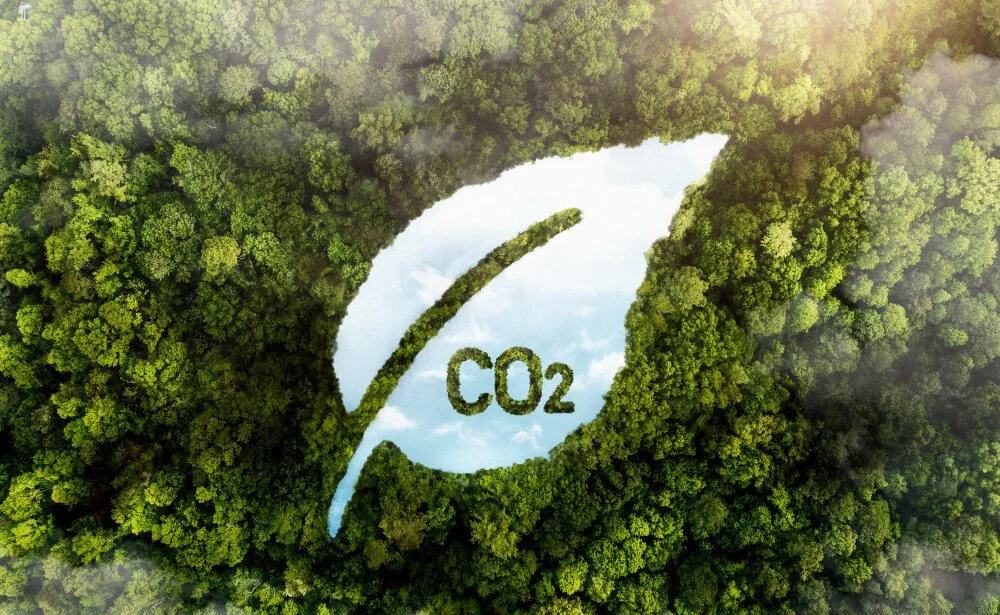Carbon Capture and Storage: A Promising Solution to the Climate Crisis
What is CCUS?
CCUS encompasses many technologies that will be required to meet global net-zero carbon goals. CCUS involves the capture of CO2 from large point sources, such as power plants or industrial facilities, that use fossil or biomass fuels. CO2 can be captured directly from the atmosphere.
The CO2 captured can be used on-site, transported by pipeline, ship, rail, or truck for use or permanently stored deep underground. It may be retrofitted to existing energy facilities that would otherwise emit 8 Gt of CO2 in 2050. CCUS can tackle emissions in sectors where other technology options are limited, such as in the production of cement, iron, steel or chemicals, and to produce synthetic fuels for long-distance transport. CCUS is an enabler of low-cost low-carbon hydrogen production.
CCUS can remove CO2 from the atmosphere by combining it with bioenergy or direct air capture (DAC) to balance emissions that are unavoidable or technically difficult to abate.
CO2 has direct uses (i.e., CO2 is not chemically altered) and becomes a useful product through chemical or biological processes (conversion).
The Age of Carbon Capture Retrofits has Arrived

